- Home Page
- Books
- Articles
- The Tribes
- Presentations
- Bonus Material
Ancient History Reconsidered
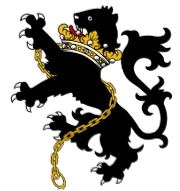
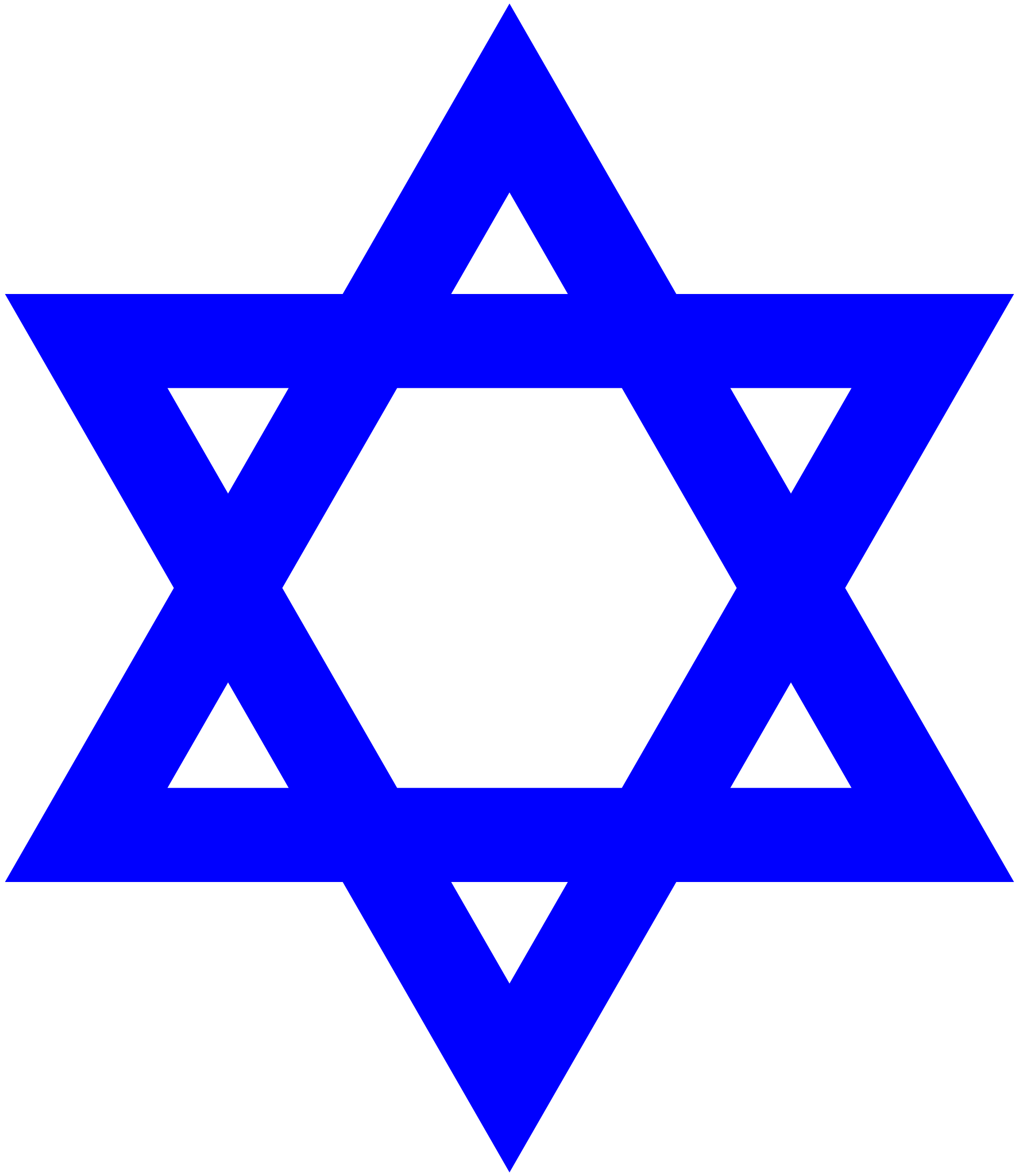
The Tribe of Asher:
Asher was Jacob’s eighth son, born to him by his concubine Zilpah.
“And the sons of Asher; Yimnah, and Ishvah (AV Ishuah), and Ishvi (AV Isui), and Beriah, and Serah their sister: and the sons of Beriah; Heber, and Malchiel.”(Gen. 46:17)
The tribes of Asher became (amongst others) the Vandals and the Brigantes who typically settled in Sweden, Scotland, northern France, northern England and Ireland. Strabo tells us that the Brigantes themselves were a Vandelic sub-group.1 The name transliterated Beriah in Hebrew is written with an ע ayyin, which means that בְרִיעָה would be pronounced Beriga – hence the Brigantes were apparently named after Briga son of Asher. To confuse matters, however, there was also a Beriah who was chief of one of the tribes of Benjamin (1 Chron. 8:13.) as well as a Beriah son of Ephraim. (1 Chron. 7:23) It is possible that these other tribes have also become part of the same group.
The Phrygians of Asia Minor were also originally known as Briges.2 The suggestion that “There are no written records of the Brigantes before the Roman conquest of Britain” as recorded on the Wikipedia site is therefore erroneous.3 A lot of experienced scholars do not understand basic philology, so they fail to recognise that Phryges is a phonetic variant of the name Brigantes.
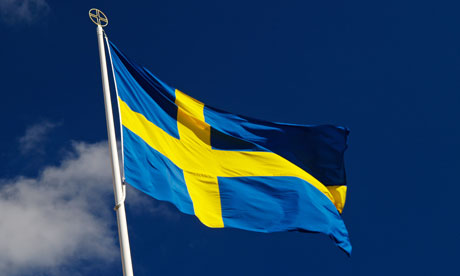
|
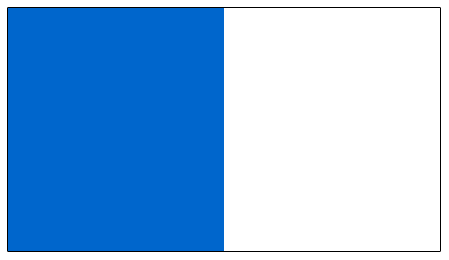
|
Flag of Sweden. |
Waterford flag. |
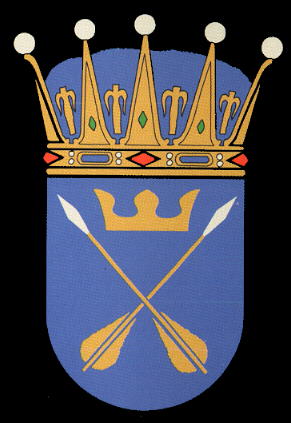
|
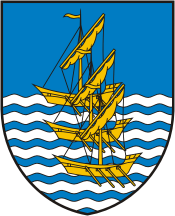
|
Coat of Arms of Dalarna in Sweden. |
Waterford County Coat of Arms (Eire) where the Brigantes settled. |
The family of Ishvi gave their name to the Suiones who settled in Svealand (i.e. Ishvi-land) in Sweden.4 This land was conquered in 1383 by Olaf the Great, also known as Olaf III. He was considered a Danish king,5 hence his Coat of Arms is yellow,6 this being the colour which represented the tribe of Dan. (See Tribe of Dan for more information.) The tribe of Ishvi nevertheless seem to have retained some hegemony in the Provinces of Dalarna, Värmland and Västmanland in Svealand, as their Coats of Arms contain the colour blue.7 Sweden’s flag is blue, which colour also represents the tribe of Asher. (See information on Asher’s Stone below.) The name Sweden is likely to be a corruption of Ishvi-ten, the first syllable having been dropped in pronunciation so that Ishvi-ten becomes Shvi-ten, becomes Sweden.
The family of Heber seem to have given their name to the Eburones who are mentioned by Strabo as being in his day (middle of the first century bce) in the northeast of Gaul,8 in what is now the southern Netherlands, eastern Belgium, and the German Rhineland. This was immediately before this region was conquered by Rome. They seem to have become the Chabiones who settled in northern France. (The colours on the French flag are red, white and blue. I would suggest that the red represents the tribe of Reuben, the white [i.e. clear] represents the tribe of Benjamin and the blue the tribe of Asher.) Yair Davidiy believes that, under the name Caber, some of this tribe also settled in Wales.9 He bases this claim on the typographical error contained in the works of Jean François Le Petit who called Camber the son of Brutus (the one who gave his name to Wales, this being Cymru or Cymraeg) Caber. In my work entitled The Forgotten Tribe of Naphtali & the Phoenicians I demonstrate that the Cambrians were descendants of Peresh son of Machir son of Menashe.
The family of Imnah may have given rise to the ‘Germanic’ tribe of Hermiones. According to an ancient tradition preserved by the Roman writer Tacitus,10, this tribe, along with the tribes of Ingaeones and Istaevones, was considered a ‘son’ of a Germanic ‘god’ by the name of Mannus.11 These classical writers were prone to class all the tribes under the one tribal designation, nevertheless, Mannus would be a variant spelling of Imnah. The name Hermiones is but a variant spelling of Imnah and does not necessarily need to be taken as a literal ‘son’ of Mannus. On the other hand, the Ingvaeones appear to have been named after Guni son of Naphtali and the Istaevones appear to have been named after Yetser (AV Jezer) son of Naphtali, as demonstrated in The Forgotten Tribe of Naphtali & the Phoenicians. When we examine the writings of the Greek and Latin historians, we discover that they were turning tribal entities into fictitious people and often invented associations between tribes simply based on the fact that they dwelt together.
The tribe of Menapii, who, in the middle of the first century bce, were located alongside the Eburones in northern Gaul,12 may also be descended from Imnah. The name Menapii could simply mean ‘sons [i.e. ap] of Imnah’, ap being the Gaelic word used by the Welsh for ‘son’. The Menapii are understood to have settled in Belgium and an offshoot of this tribe are said to have settled in County Fermanagh in Ireland, Fermanagh supposedly taking its name from that tribe.13 (Fir is an Irish word meaning ‘men’, hence Fermanagh means ‘men of Managh’.) It is possible that the County of Monaghan in Ireland is also named after this tribe, though it is argued that the Monaghan family came from Thomond in Munster to the south of the island. In Ptolemy’s day (second century ce) the Menapii (he called them Μανάπιοι Manapioi) were located on the western side of the island in Wexford County.14
Yair Davidiy would also identify the Omani who settled in Scotland as being descended from this family of Imnah,15 though it is possible that the Omani were in fact descended from Heman son of Zerach of the tribe of Judah. Heman gave his name to Emania in Ulster and possibly also to the Isle of Man. (See my work Early Irish History Reconsidered for more information.)
The tribes of Asher therefore seem to have settled in a number of places in western Europe, having integrated with some of the other migrating Israelite tribes.
“As for Asher, his bread shall be fat, and he shall yield royal dainties.” (Gen. 49:20.)
This could be interpreted as meaning that the tribe of Asher shall dwell among and be associated with the royal households.
“And of Asher he said: Blessed be Asher above sons; let him be the favoured of his brethren, and let him dip his foot in oil.” (Deut. 33:24)
This passage says the same thing. The Hebrew word שֶּׁמֶן shemen, which is translated as ‘oil’, can also be translated as ‘fat’ (as in Isa. 30:23 or Ezek.34:14 where it talks about the ‘fat’ of the land) or (as in Isa. 5:1) ‘fruitful’, ultimately simply meaning that Asher will receive the choice or goodly things. A lot of people today cannot cope with words having many different meanings. Unlike Biblical Hebrew or classical Greek, our modern English language is a composite language. Because we did not have a suitable word in English for sphere, we had to ‘borrow’ the word from the Greek σϕαῖρᾰ (sphera). The same for a lot of our words. In Hebrew, one word could have two or three meanings. The Hebrew word עֶבֶד, for example, can mean ‘servant’ or it can mean ‘slave’. In English, we have two words with different meanings. In Biblical Hebrew, the one word could mean either depending on the context of the passage. Anyhow, the inference of the above verses is that the tribe of Asher will be well looked after by his brothers – i.e. ‘favoured of his brethren’.
Asher’s Stone
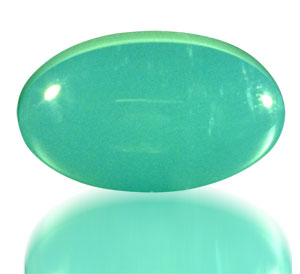
|
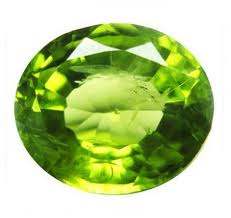
|
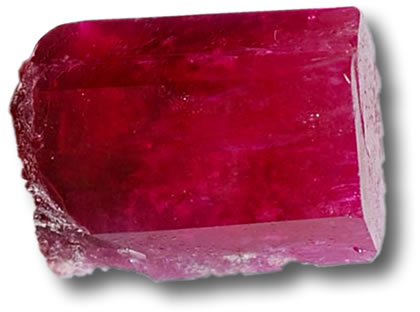
|
|
Blue chrysolite. |
Green chrysolite. |
Red beryl. |
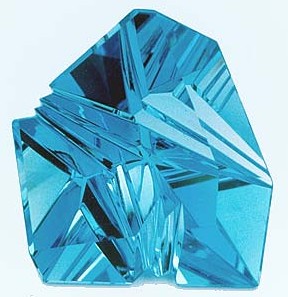
|
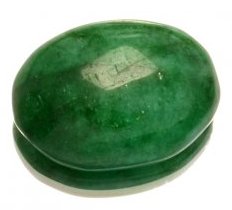
|
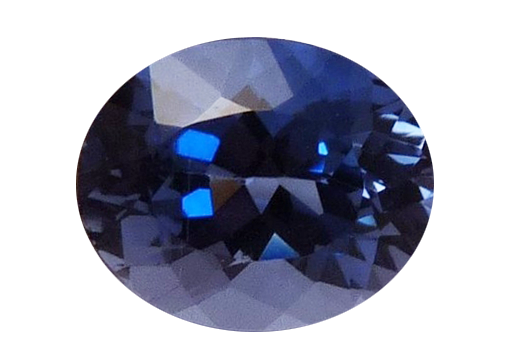
|
|
Blue (aquamarine) beryl. |
Green beryl. |
Dark blue beryl. |
Each of the stones on the breastplate known as the choshen, which was worn by the High Priest, represented one of the twelve tribes. The stone which represented the tribe of Asher is called תַּרְשִׁישׁ tarshish (Exod. 28:20 & 39:13.) and is translated as beryl, which can be either a red, green, light blue or dark blue stone. Rabbi Ginzberg says that Asher’s stone was a chrysolite,16 which can be a green or a blue stone. In the Book of Revelation, the tenth stone is called a χρυσόπρασος chrysoprasus (Rev. 21:20), a stone which is also green.
It is not totally clear which of these is the correct colour, though the rabbinical authorities believed that the colour of the stone was green “of the color of the sea”.17 As the sea, especially the Mediterranean, is usually blue, we can deduce that, despite all the evidence calling for a green stone, Asher’s stone was actually blue rather than green. The suggestion also that Asher’s flag was ‘pearl-color’18 or ‘red like fire’19 can also be rejected.
The modern Hebrew word for pearls is usually פְּנִינִים p’ninim, but in the Bible, p’ninim is translated as ‘rubies’:-
“Her Nazarites were purer than snow, they were whiter than milk, they were more ruddy in body than rubies [i.e. פְּנִינִים p’ninim], their polishing was of sapphire...” (Lam. 4:7.)
This demonstrates how names of some stones have changed over the centuries, and how we cannot even be certain of which stones are being talked about, let alone what colour they were. The stones on the breastplate are supposed to match the colours of the flags,20 yet all the sources say that Asher’s stone was green and their flag red. If nothing else, this demonstrates that the rabbinical authorities were none the wiser than we are today!
Bearing in mind that the background for the flag of Sweden is blue, and bearing in mind that the name Sweden is derived from the sons of Ishvi who settled there, it would be logical to assume that the correct colour is blue. The flag and Coat of Arms of Waterford in Southern Ireland where the Brigantes settled is also blue. Whilst the flag and Coat of Arms is not totally reliable as evidence, it can provide a clue as to which of the tribes had control of any particular land or region. We should understand, however, that these insignia indicated who was ruling the land and does not necessarily give us any indication of which family or families among the common people who were dwelling in the land belonged to. When wars broke out, families were dispersed and lands changed ownership. Also, history shows that inter-tribe marriages took place. Nevertheless, there were strict government controls in place which prevented misuse of hereditary Coats of Arms or colours. They had to conform to strict standards and had to be registered (in England at least) with the crown. Similar comments apply to the use of kilts which signified which clan you belonged to. It was strictly forbidden for one clan to adopt the colours of another.
| 1. | Strabo, Geography iv.vi.8. [Return] |
| 2. | Herodotus, Histories vii.73. [Return] |
| 3. | en.wikipedia.org/wiki/Brigantes#History. [Return] |
| 4. | http://en.wikipedia.org/wiki/Suiones. [Return] |
| 5. | http://althistory.wikia.com/wiki/Olaf_III_of_Viken_(The_Kalmar_Union). [Return] |
| 6. | http://althistory.wikia.com/wiki/Svealand_(The_Kalmar_Union). [Return] |
| 7. | http://en.wikipedia.org/wiki/Svealand. [Return] |
| 8. | Strabo, Geography iv.iii.5. [Return] |
| 9. | Article on The Tribe of Asher, Britam website http://britam.org/asher.html. [Return] |
| 10. | Tacitus, Germanica Chap. 2. [Return] |
| 11. | See also comments under Section V - Population and Inhabitants in the entry under Germania , Dictionary of Roman and Greek Geography, William Smith, Boston 1870. [Return] |
| 12. | Strabo, Geography iv.iii.5. [Return] |
| 13. | http://en.wikipedia.org/wiki/Menapii#Etymology. [Return] |
| 14. | Ptolemy, Geography Book 2, Chap. 2, §.9. [Return] |
| 15. | Article on The Tribe of Asher, Britam website http://britam.org/asher.html. [Return] |
| 16. | Legends of the Jews Vol. 3, p.171, The Stones on the Breastplate, Rabbi Louis Ginzberg (translated from the German by Paul Radin), Philadelphia 1911. [Return] |
| 17. | Jewish Encyclopedia, entry under sub-Section Beryl in the article on Gems. [Return] |
| 18. | Jewish Encyclopedia Vol. 5, p.405, entry under Flag, Isidore Singer et al, New York 1900. [Return] |
| 19. | Legends of the Jews Vol. 3, p.238, The Camp, Rabbi Louis Ginzberg (translated from the German by Paul Radin), Philadelphia 1911. [Return] |
| 20. | “The different colors of the flags corresponded to the colors of the stones set in the breastplate of the high priest, on which were engraved the names of the twelve tribes. Reuben’s stone [for example] had a red color like his flag, Simeon’s flag was green like the color of his stone, and in this way with all the tribes the color of stones and of flags harmonized.” Ibid. p.238. [Return] |
Dated 9 Jan 2014.
©AHR Researches.